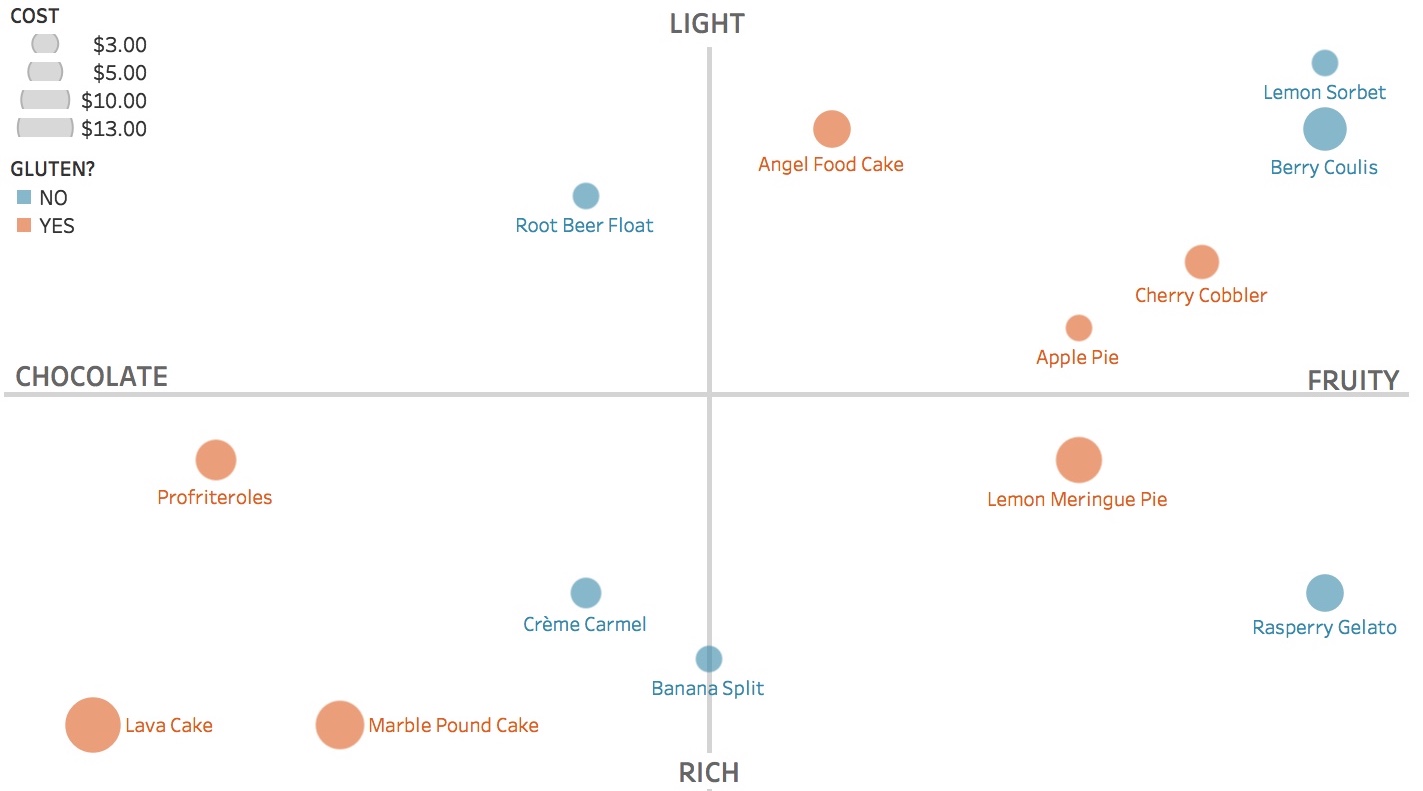Want to see this rather boring logic model come to life?
A logic model (aka causal chain, model of change, roadmap, or theory of change) is a type of flow chart showing how an intervention or program is supposed to work. It tells a story about how one thing leads to another. It’s a great way to plan for solving a problem. But logic models are hypothetical, best case scenarios. And, well, reality can bite.
Another problem with logic models is that they get more play during the planning and proposal-writing phase of a project than during implementation. During the daily work of a project, logic models are taking it easy, gathering dust in files and on servers.
But what if we could plug a logic model into the real world? What if we could see how our plan is playing out in reality and make adjustments along the way?
You can do just that with data viz software like Tableau. The current that animates such “living logic models” is real-time data. A living logic model compares theory to reality by showing progress to date. It also allows you to track the progress of subgroups and individuals. So it helps you to plan, to ask the right questions, and to make mid-course corrections.
A living logic model is more understandable and tangible than a traditional one. The user can scroll over any component in the model to learn more about it. Such descriptions can include photos and web links for interested users.
A living logic model shows progress to date. Color saturation indicates the status of each component. And the user can click on any component to see what subgroups might be driving progress, stagnation, or regression.
Play around with this living logic model for a tutoring program to get an idea of its potential for your organization. It’s best viewed in full screen mode. If you’d rather not learn Tableau to make one yourself, I’d be happy to create one for you. Just shoot me an email at amelia@nonprofitviz.com.














